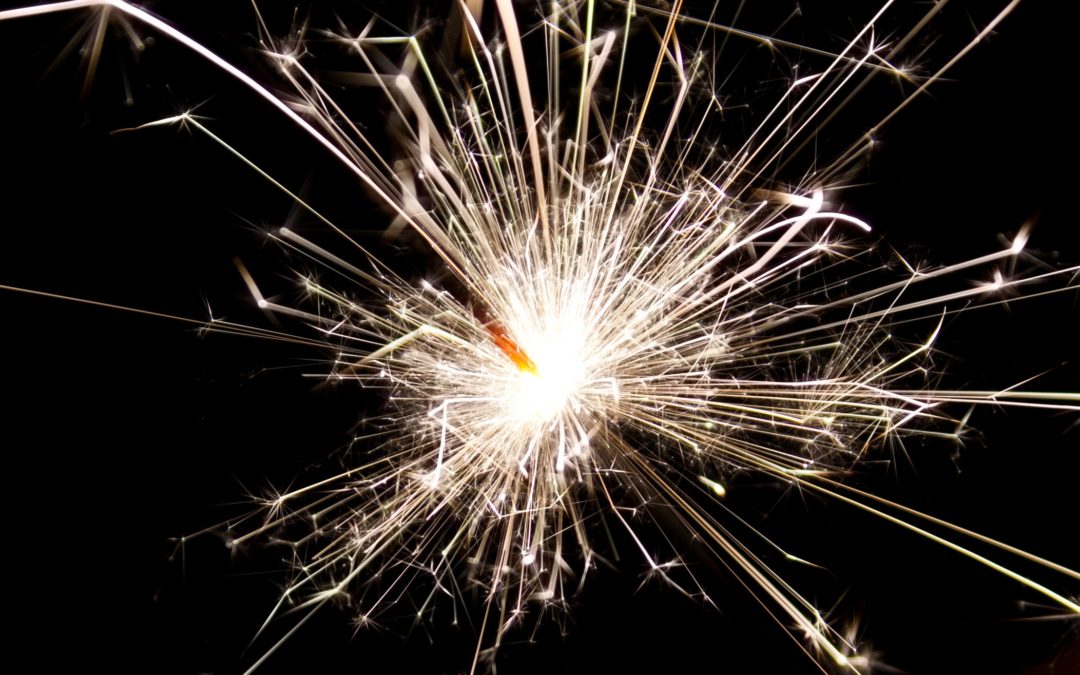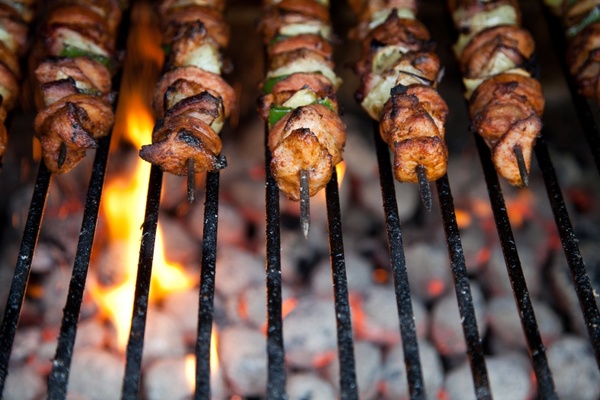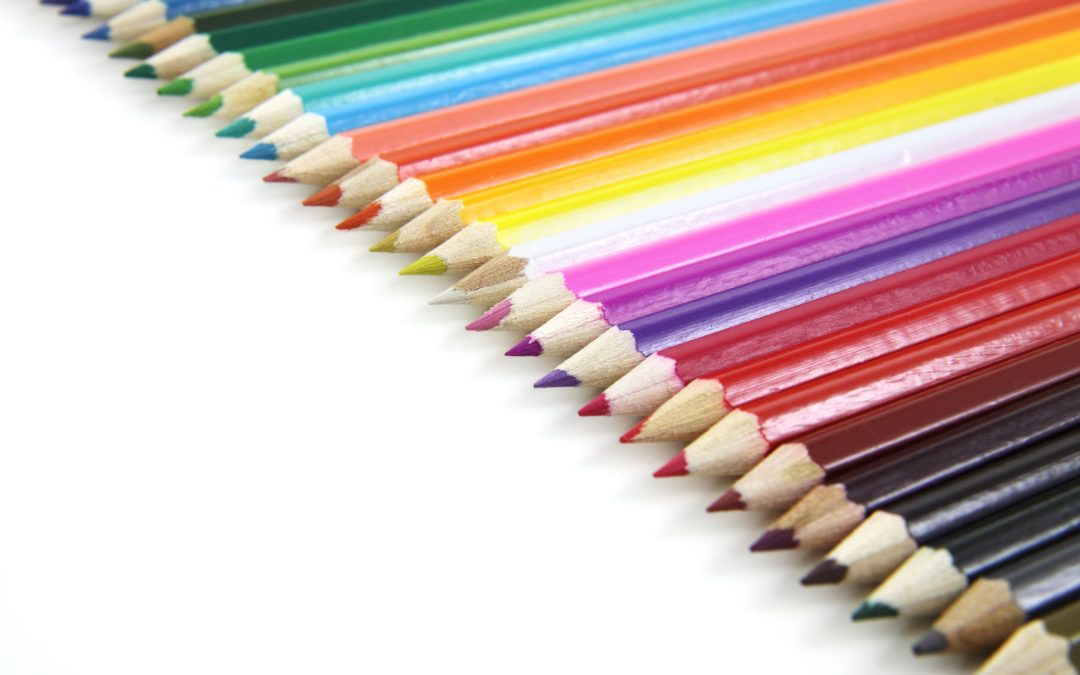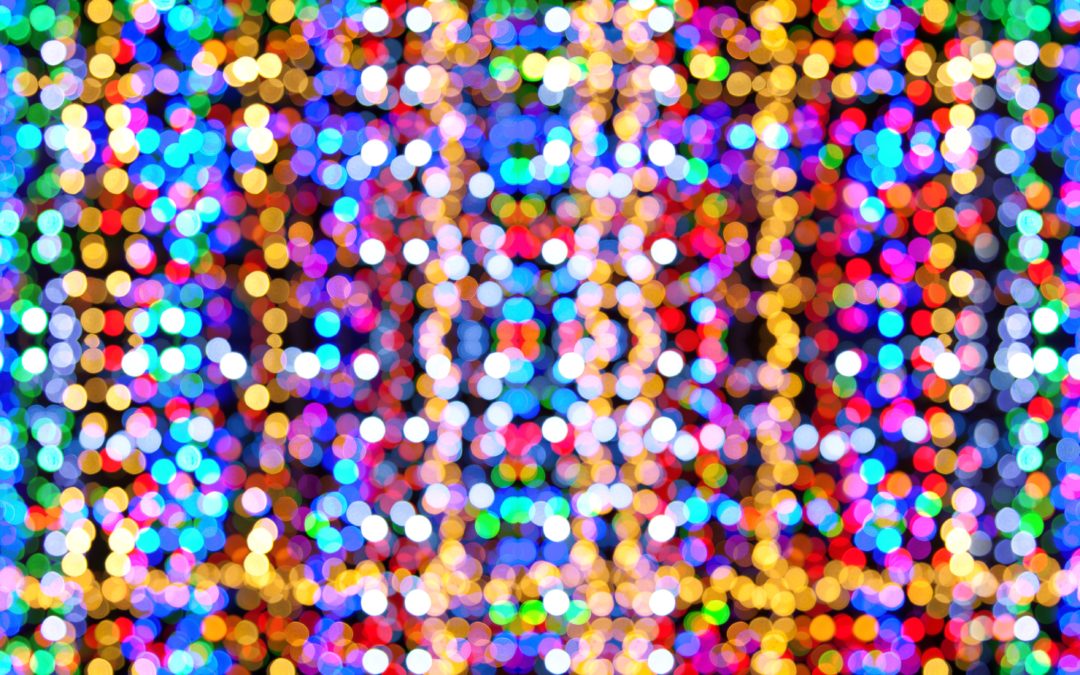
by Lorri | Jan 23, 2019 | UnCorked
I first looked into the cannonau grape after reading Dan Buettner’s book, The Blue Zones.
Blue Zones, according to Buettner, are regions of the world where people live much longer than average.
Could a red wine be a magic elixir?
It seems the cannonau is working for the people of Sardinia. Sardinia has one of the largest populations of vibrant male centenarians and has been designated a Blue Zone — one of the highest concentrations of people who reach the golden age of 100. Buettner cites other lessons to longevity including putting family first, walking, goats’ milk, celebrating elders and laughing, to name a few. But it was this odd sounding grape “cannonau” I wanted to explore.
Cannonau was thought to be just another name for grenache. This brought a lot of debate among locals pondering how could the grape they hold so dear belong to the Aragons? This was another point I picked up while reading The Blue Zone: Sardinians are not like other Italians. They are known for (and proudly admit) they tend to be stubborn, intelligent, reserved and serious.
The debate piqued the interest of scientists from the University of Pennsylvania. During an excavation in Borore, Sardinia, they discovered hundreds of grape seeds dating to 3,200 years ago. DNA testing confirmed the grape seeds were the remnants of cannonau and distinctly different from the modern-day grenache grape. This find makes the cannonau one of the most ancient wines in the world.
Cannonau is a very dark, robust red wine. It is referred to as “vino Nero” by locals, which literally means “black wine.” This robust, nearly black wine leads us back to the pondering thought of the centenarian population of Sardinia. Cannonau has one of the highest levels of polyphenols in wine, rich in anthocyanins (common in most berries) and the long maturation period of winemaking.
So, is this grape the fountain of youth? I’m not suggesting we all run out and stock up cases hoping to catch up with the Sardinians in longevity. But combining it with the other factors of laughter, family and walking, I’m certainly open to exploring this grape in my food and wine pairings as I continue my quest along the path to long life.
THE VALUES
- 2017 Argiolas Costera Cannonau, Italy (about $20 retail)
- 2017 Sella Mosca Cannonau Di Sardegna, Italy (about $19 retail)

by Lorri | Jan 16, 2019 | UnCorked
The first of each year I like to scour the business journals to research emerging trends in the wine market.
- As with 2018, packaging will continue to matter to consumers with bling, material and technology. Not only is packaging important but it is changing the interest in brand loyalty to the largest group of wine consumers, millennials. With shelves lined with hundreds of choices, “eye catching” is the key. A Portland State University study showed these young buyers are most concerned with label color and logo. With more and more restaurants moving to digital (tablet) wine lists, the visual presentation will also show a growing impact of how we select wines while dining out.
- Canned wine continues to grow. Many surveys showed an increase in sales as high as 45 percent from June 2017 to June 2018. This trend has been credited for several reasons — including pricing and portability — but most interesting is the intimidation factor. When consumers were faced with a range of availability the relaxed nature of the can seems to help ease the process.
- Technology will continue to play a key role with a shift in our buying experience. Producers are stepping in line with other retail commodities giving us a virtual experience. Treasury Wine Estates recently released “The Banished” red wine under its “19 Crimes” brand aimed at men between 21 and 34 years old. This includes a mobile app that activates an augmented reality feature when the phone’s camera is pointed at the bottle.
- Another hot topic will be the discussion of shifting climates and environmental concerns. The top of the list will be water stress and temperature increases. The regions in the past we considered “cooler” are not so cool anymore. Many vineyards will be replanted with different varietals and we will see emerging regions coming to the market where grapes were simply unable to ripen. California will continue to struggle with the aftereffects of the fires and drought in 2019. David Ramey — owner and winemaker of Ramey Wine Cellars in Sonoma County — goes even as far as issuing a warning to consumers in the coming year, “If this continues, the impact on the marketplace will be substantial.”
- It will take a few more years but sake is quickly becoming an established drink in the U.S. market. A recent survey showed it was featured on 2 of every 5 premium wine lists and half of those had an entire section specific to sake. It has slowly been added as a cocktail ingredient but in 2019 we will see more and more restaurants recommending this wine as the ideal wine pairing for almost any dish on the menu.
- What’s next in regions and trending grape varietals? Uruguay seems to be the answer for many wine drinkers in Europe and is quickly entering the U.S. market. And with more and more consumers looking to fruit-driven lighter styles of red wine we will see an emergence of cabernet franc and also more indigenous grapes from Italy with nero d’avola leading the list.
So, all in all we will have some exciting new shifts in 2019. But one I was just not ready to accept is that edible wine “bottles” made from isomalt, a sugar substitute, will become commonplace. For that one, we’ll just have to wait and see.

by Lorri | Jan 9, 2019 | UnCorked
Chicken continues to be a staple for weeknight dinners in my house.
The lean protein is easy to cook (and I’m not that great of a cook), and generally inexpensive. But the main reason may be its versatility. It can be transformed into anything from Italian, Indian, Asian to Southern in a matter of minutes depending on spices, cooking methods and sauce.
Another thing I love about chicken is how easily it lends itself to exploring new wines. Chicken may be the one protein that can match with just about any wine produced. The key is how the chicken is cooked and the additional ingredients and sauces.
The following are some of my favorite pairings.
Chicken with curry sauces and Spanish Cava
THE VALUE
- NV Freixenet Brut Cava, Spain (about $10 retail)
THE SPLURGE
- NV Sumarroca Cava Brut, Spain (about $19 retail)
Oven Roasted Chicken and Pinot Noir
THE VALUE
- 2016 Cellar No 8 Pinot Noir, California (about $9 retail)
THE SPLURGE
- 2016 A to Z Oregon Pinot Noir, Oregon (about $21 retail)
Chicken breast in cream sauces and riesling
THE VALUE
- 2017 J. Lohr Monterey Riesling, California (about $10 retail)
THE SPLURGE
- 2017 Anne Amie Yamhill Riesling, (about $18 retail)
Barbecued or grilled chicken and zinfandel
THE VALUE
- 2016 Bonterra Zinfandel, California (about $14 retail)
THE SPLURGE
- 2016 Cline Ancient Vines Zinfandel, California (about $19 retail)
Chicken gumbo and Champagne or sparkling wine
THE VALUE
- NV Aime Boucher Brut, France (about $23 retail)
THE SPLURGE
- NV Schramsberg Blanc de Blanc, California (about $49 retail)

by Lorri | Jan 2, 2019 | UnCorked
While cleaning out some old Uncorked files I came across a piece of paper with a column idea. It was about personality tests and wine preferences based on the results. I’m sure many, if not most, have taken the Myers-Briggs personality test at some point in their lives. Mine was just for fun, but my husband took it for a team-building skill years ago at his job. The test assigns you four letters describing who you are and how you interact with the world. Extrovert (E) or introvert (I); sensing (S) or intuition (N); thinking (T) or feeling (F); and judging (J) or perceiving (P). For more information about Myers-Briggs, visit myersbriggs.org.
These are a few of the match-ups of some of the most popular grape varietals.
Introvert, Sensing, Thinking and Judging (ISTJ) — Chardonnay
ISTJs tend to be logical, consistent and organized. They are hardworking and take responsibility very seriously. California chardonnay is structured and always straightforward. It is a very consistent wine and you know what you are getting when you buy.
Introvert, Sensing, Feeling and Judging (ISFJ) — Pinot Grigio
ISFJs tend to be loyal, kind and have sympathetic tendencies. This group is very conscientious of the people around them and are great friends to have. Pinot grigio is subtle in the glass and always a safe, predictable option at any gathering.
Extrovert, Sensing, Thinking and Judging (ESTJ) — Cabernet Sauvignon
ESTJs are the logical thinkers who are determined, keen and pragmatic. They are very good at organizing, finding logical ways to solve problems and have a tendency to be by the books and provide results. Cabernet sauvignon is a bold wine and goes with anyone looking for organized and pragmatic results.
Introvert, Sensing, Feeling and Perceiving (ISFP) — Pinot Noir
ISFPs are in tune with their emotions, live in the moment, avoid conflict and always find harmony to their environment. Pinot noir has many harmonious tastes and aromas. It just seems to always be an easy-going wine not asking for much other than to join in the food, celebration or even the cellar.
Other Myers-Briggs/wine personality match-ups:
INFJ: Cabernet Franc
INTJ: Chianti
ISTP: Malbec
INFP: Riesling
INTP: Grenache
ESTP: Sauvignon Blanc
ESFP: Sangria
ENFP: Champagne
ENTP: Shiraz/Syrah
ESFJ: Merlot
ENFJ: Rose

by Lorri | Dec 26, 2018 | UnCorked
On New Year’s Eve and Day we most likely will be toasting with a glass of bubbly.
There are many drinks that will put a little fizz in the glass, but today’s focus is on the most famous, Champagne. It begins the same as any other wine: grapes are picked, pressed and fermented. Then the magic begins with the blending. The winemaker will taste separately fermented vats from individual vineyards to create the ideal recipe. Many consider this an art rather than a skill.
The carefully blended wine is then bottled along with a small addition of yeast and sugar. This crucial step creates a second fermentation resulting in a naturally carbonated wine. The yeast feed on the sugar, and the tiny bubbles of carbon dioxide that remain are trapped in the wine.
But the process isn’t over.
This wine will then be left on its “lees” (dead yeast) for a few weeks, or in some quality Champagnes, even months. This gives the wine time to absorb the yeasty, rich aromas that give Champagne its unique flavor we love so much. The next step is a bit of a magic trick — removing the tiny yeast particles without getting rid of the bubbles. To do this, the bottles are arranged in hinged wooden racks in cool, dark cellars and are slowly inverted neck down. For about two months each individual bottle (sometimes up to 40,000 bottles a day) will be turned by hand. As the orientation of the bottle changes, the yeast particles settle in the neck of the bottle.
In the final step, the necks of the bottles containing the dead yeast sediment are put into a freezing solution. This ice plug is shot out of the bottle known as “disgorgement” and then topped with a “dosage,” a mixture — usually a small amount of sugar — to replace the missing volume. Finally, the bottles are closed with the wire and cork.
As you ponder the price of amazing bubbly, don’t forget how much love and attention went into the bottle along with the handcrafted spirit behind this artisan craft.
THE VALUE
- NV Pol Roger Brut Reserve, France (about $64 retail)
THE SPLURGE
- Perrier-Jouet Fleur de Champagne, France (about $195 retail)

by Lorri | Dec 19, 2018 | UnCorked
One of the questions I get most often during December is “what wine should I buy for my party?” but with the added request that the wine be inexpensive.
There is no one-wine-fits-every-party answer, but I do have a few tips to make your party planning easier, while keeping your budget in mind.
Tip 1
If it’s a large party, the wine must be a crowd-pleaser. This is the most important point and possibly the most ignored. The wine you serve needs to be widely popular and familiar to most people. This is not the time to champion your favorite varietal. Readers are aware of my love for Rieslings and know it is an an ideal choice for pairing with food. But this wine is not a good option for serving at a large party because most guests will avoid it — no matter how exceptional the brand or enthusiastic the hostess — simply because they are unfamiliar with this grape. Instead, pinot grigio or sauvignon blanc are good white choices. They both offer refreshing acidity excellent for a range of food pairing. For red wine, merlot and pinot noir are familiar and the tannic structure is generally more restrained than a full-bodied high alcohol cabernet sauvignon. Because these grape varietals are popular among consumers there will be many saving opportunities with retailers.
Tip 2
Take an objective look at your guest list before making your choice. This is an important aspect for small gatherings. Does the guest list include only fellow wine lovers or is it a mix of your friend who is vegan and only drinks vegan wine, the couple you’ve never seen drink anything other than beer, even that friend who only drinks chardonnay no matter the occasion? Plan your beverages accordingly to save your budget.
Tip 3
Keep it simple. During the holidays many of us have a tendency to over think our celebration and offer too many options ranging from sparkling punch, cocktails, wine, beer and now trending sake. Offering one red wine, one white wine and one beer option along with nonalcoholic beverages will make it much easier to stick to a budget, set-up and clean up.
Tip 4
Your wine retailer should be your next best friend. With thousands of wine choices lining retail stores it’s reassuring to have an expert on hand to help. Take the time to find a staff member, explain the number of people, style and most importantly your budget and let them guide you. There are exceptional savings in most stores during the holidays and your retailer can direct you in finding these bottles based on your party needs and their stock.





